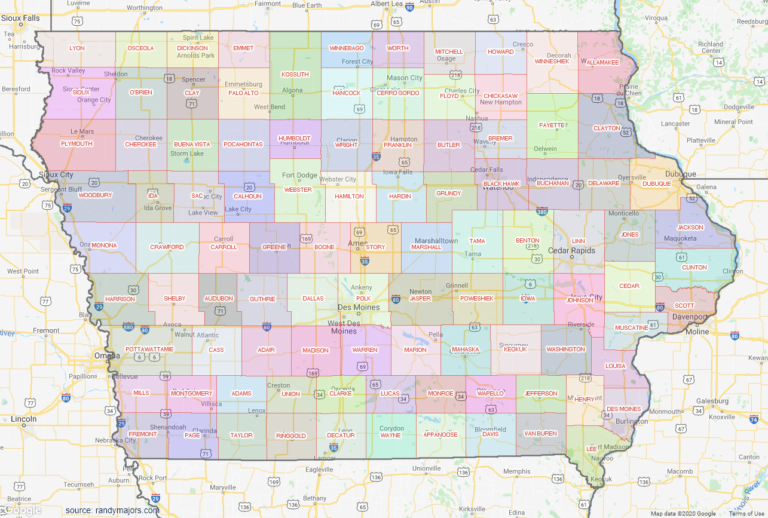You’ve Got This: Locating Your County in a Flash
Ever wondered what county you’re currently in? Whether you’re exploring a new place, navigating online forms, or simply satisfying a curious mind, knowing your county can be helpful. This guide explores various methods to pinpoint your county quickly and efficiently, regardless of your location.
Tech Time: Leveraging Technology for County Identification
The digital age offers a plethora of tools to determine your county in a snap. Here are some effective tech-powered methods:
-
GPS and Location Services: Most smartphones and mobile devices come equipped with GPS (Global Positioning System) technology. When location services are enabled, your device can pinpoint your approximate location, often accurate to within a few meters. Many mapping applications like Google Maps or Apple Maps will automatically display the county you’re in based on your GPS coordinates.
-
IP Geolocation: Many websites and online services use IP geolocation to determine your approximate location based on your IP address. This method isn’t always precise, as it might identify the county where your internet service provider (ISP) is located rather than your exact address. However, it can offer a general idea of your county, particularly if you’re unsure of your whereabouts. Keep in mind that IP geolocation accuracy can vary depending on the service provider.
-
Zip Code Lookup Tools: Knowing your zip code can be a helpful starting point. Numerous online zip code lookup tools can identify the county associated with your specific zip code. A quick web search for “zip code to county lookup” will yield various reliable resources.
Additional Tips for Tech-Savvy County Identification:
- Check Your Online Accounts: Many online accounts, particularly those associated with utilities or local services, might display your county information within your account details.
- Social Media Check-Ins: If you recently checked in to a location on social media, the platform might show the county associated with that location. However, this method relies on accurate check-in details.
Beyond the Tech Realm: Traditional Methods for Finding Your County
Even without technology, you can still determine your county using these traditional methods:
- Postal Mail: Check your physical mail, such as utility bills or bank statements. These often display your full address, including the county name.
- Local Maps and Signage: Look for local maps or signage, such as library maps or road signs with county names displayed. Public libraries often have detailed local maps that can help you identify your county.
- Ask a Local: If you’re unsure and have access to someone familiar with the area, politely ask them about the county. Locals can be a valuable resource for geographical information.
Additional Considerations:
- County Borders and Overlaps: County borders can be complex, and some cities or towns might extend across multiple counties. If you’re unsure about the exact county line, you might need to consult a detailed map or confirm with a local resident.
- Rural vs. Urban Locations: In rural areas, county boundaries might be less prominent compared to urban settings. Utilize a combination of methods mentioned above for accurate identification in rural locations.
Frequently Asked Questions
Q: I don’t have a smartphone or internet access. How can I find my county?
A: Here are some alternative methods:
- Check your mail: Look for your full address on physical mail, which often includes the county name.
- Local resources: Visit your local library and consult their maps or ask a librarian for assistance. Local government offices or community centers might also have helpful resources.
- Ask a local resident: If you’re comfortable, politely ask someone familiar with the area about the county.
Q: My GPS says I’m on the border of two counties. Which one am I in?
A: County borders can be intricate. In such cases, you might need a more detailed map or confirmation from a local source to pinpoint your exact location within the county.
- Detailed Maps: Look for online resources offering detailed county maps with clear boundary lines. Local government websites or historical society websites might have such resources.
- Local Knowledge: Ask a local resident or business owner familiar with the specific area to confirm which county you’re in.
Q: Is there a way to find out what county a specific address is in?
A: Yes! Here are a few methods:
- Zip Code Lookup: Many online zip code lookup tools allow you to enter an address and retrieve the associated county information.
- Online Mapping Services: Mapping applications like Google.



